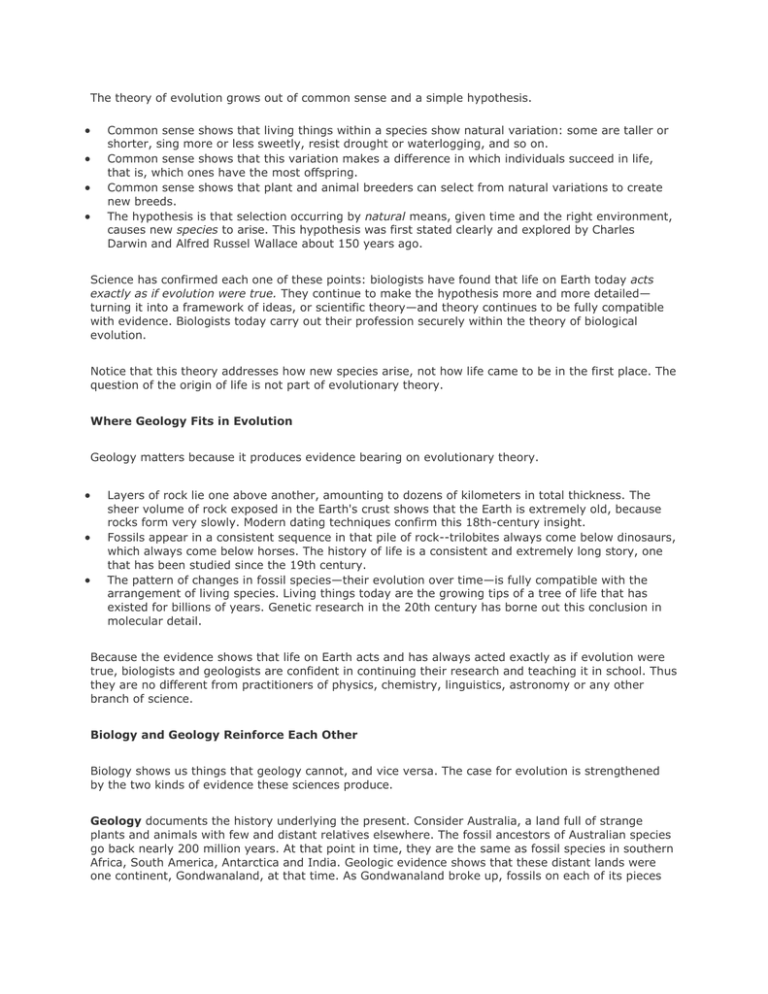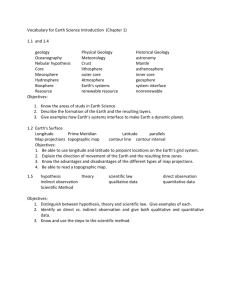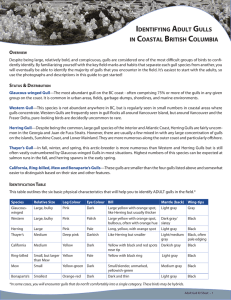advertisement

The theory of evolution grows out of common sense and a simple hypothesis. Common sense shows that living things within a species show natural variation: some are taller or shorter, sing more or less sweetly, resist drought or waterlogging, and so on. Common sense shows that this variation makes a difference in which individuals succeed in life, that is, which ones have the most offspring. Common sense shows that plant and animal breeders can select from natural variations to create new breeds. The hypothesis is that selection occurring by natural means, given time and the right environment, causes new species to arise. This hypothesis was first stated clearly and explored by Charles Darwin and Alfred Russel Wallace about 150 years ago. Science has confirmed each one of these points: biologists have found that life on Earth today acts exactly as if evolution were true. They continue to make the hypothesis more and more detailed— turning it into a framework of ideas, or scientific theory—and theory continues to be fully compatible with evidence. Biologists today carry out their profession securely within the theory of biological evolution. Notice that this theory addresses how new species arise, not how life came to be in the first place. The question of the origin of life is not part of evolutionary theory. Where Geology Fits in Evolution Geology matters because it produces evidence bearing on evolutionary theory. Layers of rock lie one above another, amounting to dozens of kilometers in total thickness. The sheer volume of rock exposed in the Earth's crust shows that the Earth is extremely old, because rocks form very slowly. Modern dating techniques confirm this 18th-century insight. Fossils appear in a consistent sequence in that pile of rock--trilobites always come below dinosaurs, which always come below horses. The history of life is a consistent and extremely long story, one that has been studied since the 19th century. The pattern of changes in fossil species—their evolution over time—is fully compatible with the arrangement of living species. Living things today are the growing tips of a tree of life that has existed for billions of years. Genetic research in the 20th century has borne out this conclusion in molecular detail. Because the evidence shows that life on Earth acts and has always acted exactly as if evolution were true, biologists and geologists are confident in continuing their research and teaching it in school. Thus they are no different from practitioners of physics, chemistry, linguistics, astronomy or any other branch of science. Biology and Geology Reinforce Each Other Biology shows us things that geology cannot, and vice versa. The case for evolution is strengthened by the two kinds of evidence these sciences produce. Geology documents the history underlying the present. Consider Australia, a land full of strange plants and animals with few and distant relatives elsewhere. The fossil ancestors of Australian species go back nearly 200 million years. At that point in time, they are the same as fossil species in southern Africa, South America, Antarctica and India. Geologic evidence shows that these distant lands were one continent, Gondwanaland, at that time. As Gondwanaland broke up, fossils on each of its pieces show that the plants and animals evolved in separate ways. In isolated Australia they evolved into the kangaroos, eucalypts and other living things we know today while elsewhere they largely disappeared. Biology documents the processes that form species today as in the past. Consider the herring gull, a famous "ring species." In western Siberia these seabirds are smaller and darker than those in eastern Siberia, but they can still interbreed. The farther west we go, the darker and smaller they are, and eastward they grow larger and whiter, but at all points the gulls can interbreed with their neighbors. On the other side of the globe, in England, the white and dark birds meet as distinct species: the white population is the herring gull while the dark one is the black-backed gull, and they do not interbreed. They are separate species.




